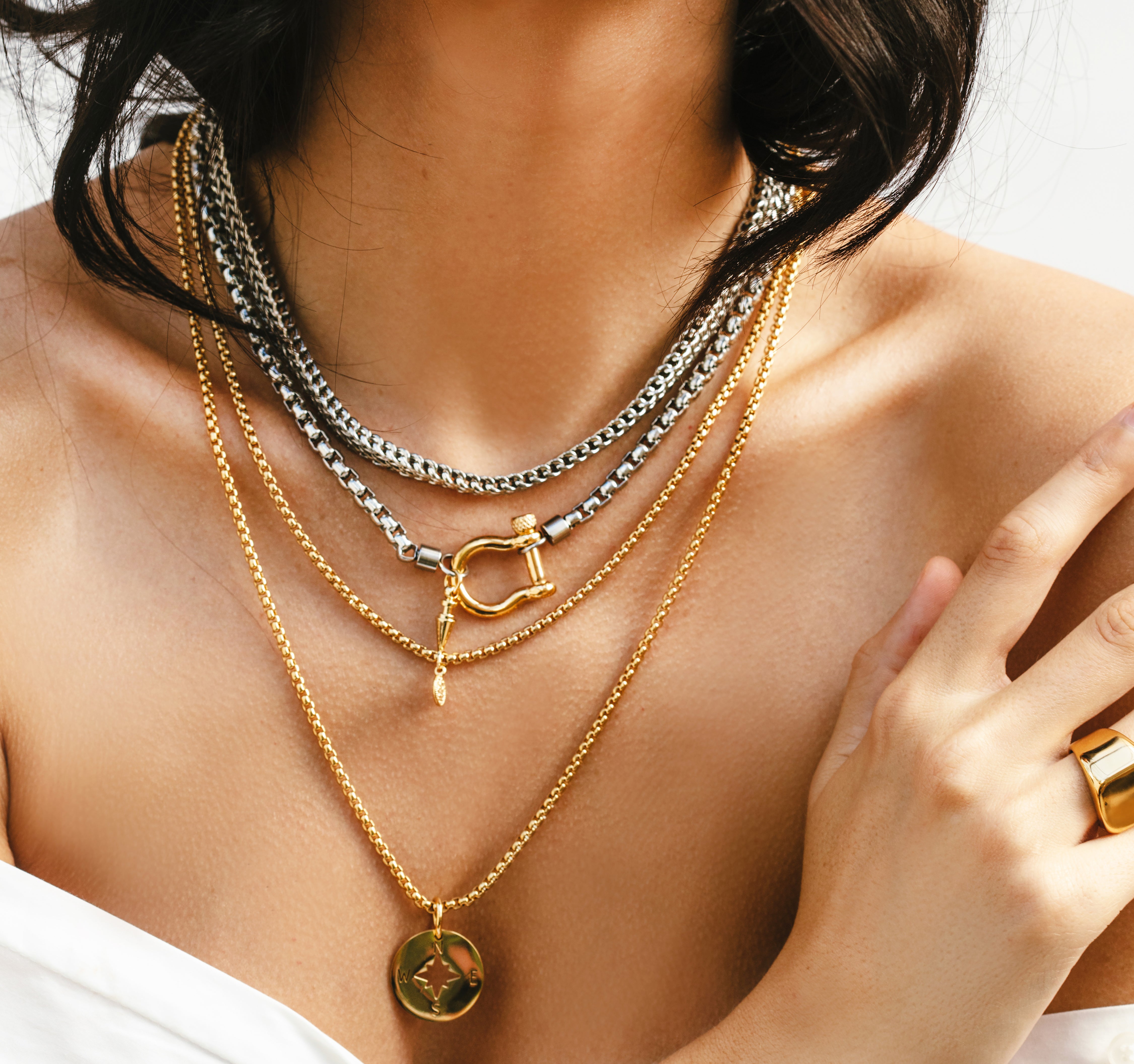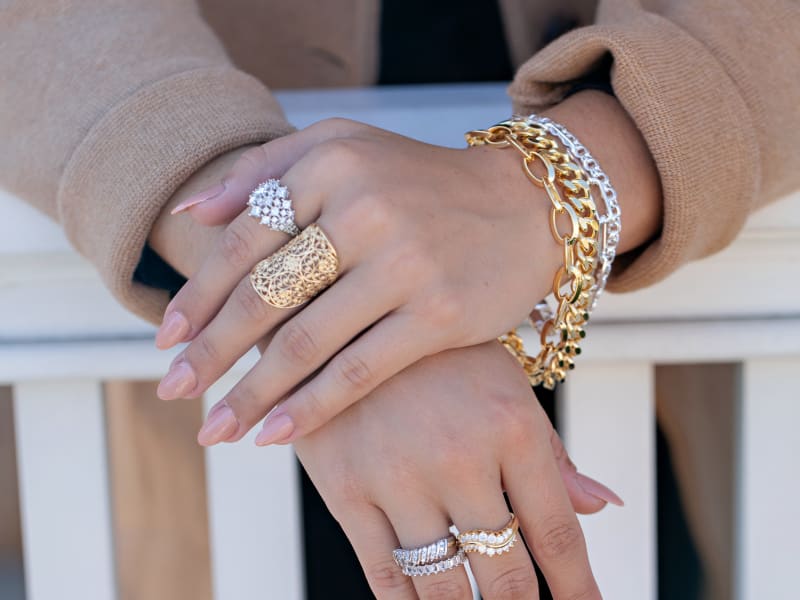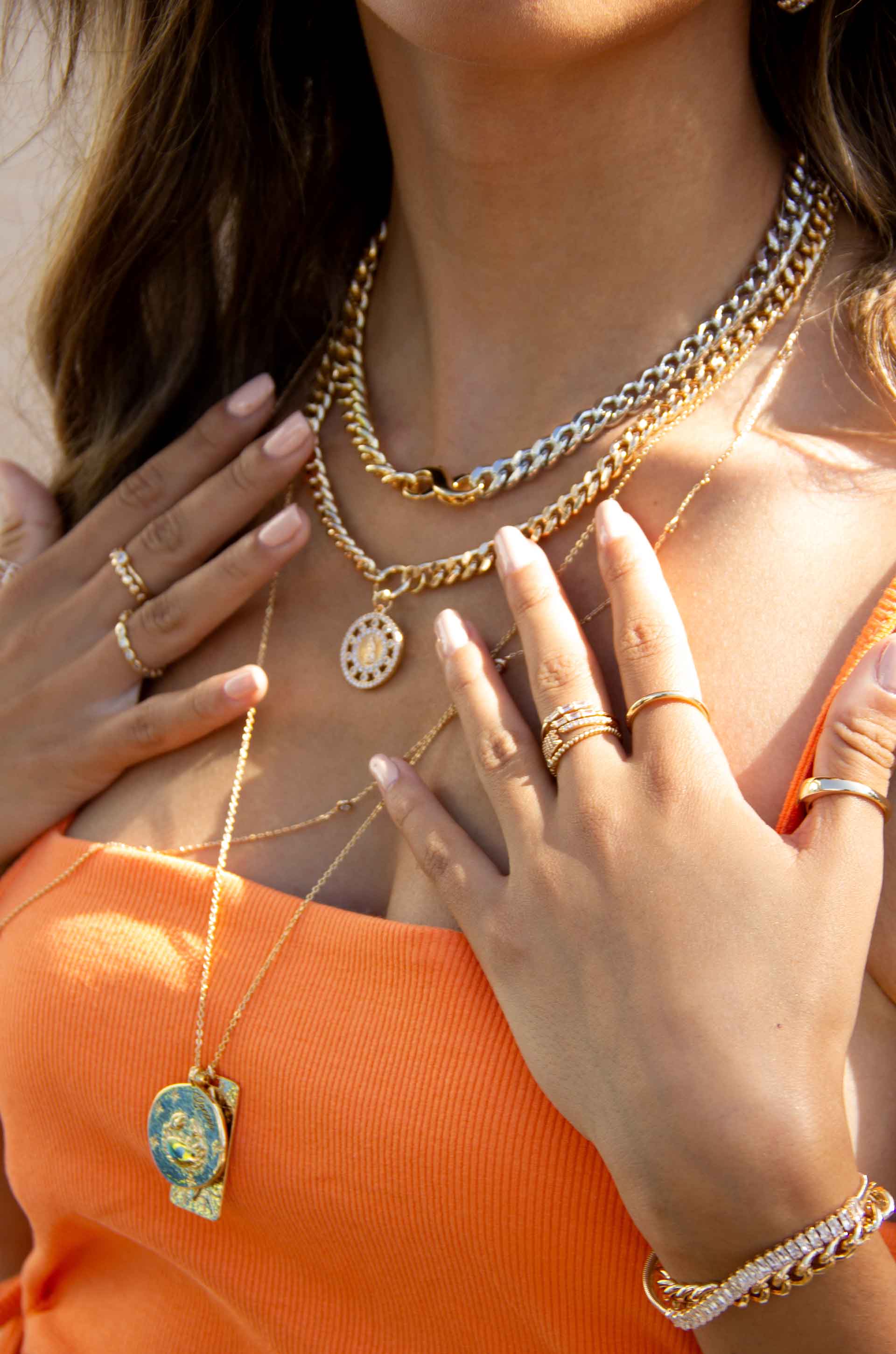Mixing metals in jewelry is one of the most versatile trends that has taken the fashion world by storm. Gone are the days of adhering strictly to one metal; now, the world of style embraces the beautiful blend of contrasting hues. This modern approach to accessorizing can add depth and interest to any outfit. Let’s explore how to master the art of combining gold and silver jewelry to create stunning looks.

Understanding the Basics of Metal Pairing
Before diving into mixing metals, it’s important to grasp the fundamental principles. Gold and silver may appear different, but they complement each other beautifully when styled correctly. Whether you’re pairing necklaces, rings, or bracelets, understanding the underlying tones will guide you in achieving a cohesive look.
The first step in mastering the art of mixing metals is understanding the color wheel concept. Gold carries a warm tone and often pairs well with earthy and neutral tones, whereas silver, with its cool tone, complements blues and greens. By learning how these metals interact with other colors, you can make informed decisions and harmonize your accessories with your wardrobe seamlessly.

Experimentation is key. Start by experimenting with different combinations in a way that feels comfortable to you. Perhaps try wearing two-tone pieces that are designed to blend metals effortlessly. These pieces can serve as a bridge, making the transition between different metals smooth and intentional.
The Role of Balance in Metal Mixology
Striking the right balance is crucial when mixing metals. Start by choosing a dominant metal and accent it with the other in smaller, subtler ways. This prevents any one piece from overpowering your look and ensures a harmonious blend that feels intentional and chic.

Consider the ratio of metals. A general rule of thumb is to maintain a higher proportion of one metal, around 70%, and balance it with 30% of the other. This guideline helps in maintaining visual harmony without overwhelming the senses, allowing each metal to shine in its own right while enhancing the overall appeal of your ensemble.
Another aspect of balance involves the weight of your jewelry pieces. Pairing a chunky silver ring with a delicate gold bracelet can create a stunning contrast without tipping the scale. Consider using similar weights and thicknesses when stacking rings or bracelets to avoid a lopsided look.
Layering Techniques to Elevate Your Style
Layering is an art form in the world of jewelry, and mixing metals can add an extra layer of sophistication. Experiment with varying lengths and textures to create depth and interest. Use different shapes and sizes to draw attention and add dimension to your ensemble.
To add flair to your layered look, consider integrating varied chain styles such as a dainty gold chain with a chunky silver choker. This method can beautifully frame your neckline and provide a striking centerpiece to your outfit. Playing with different link types—like cable, snake, or rolo chains—can elevate a simple combination into a unique fashion statement.
Choosing Jewelry to Complement Your Outfit
When mixing metals, consider your clothing style and color palette. Neutral outfits allow your jewelry to stand out, while bold patterns may require a subtler approach. Always ensure your accessory choice aligns with the overall tone and vibe you want to project.

Incorporating mixed metals into your daily wardrobe can also be influenced by the occasion. For casual outings, layering simple studs or delicate chains adds a touch of elegance to your look. For more formal events, don’t shy away from bold statement pieces that incorporate both gold and silver to make a memorable impression.
Consider using clothing as a backdrop to highlight your mixed metal accessories. For example, a simple black dress can act as a canvas for your bold metal combinations, letting the unique interplay of metals speak for itself.
Incorporating Texture for Added Interest
Incorporating different textures within your metal pieces can amplify the visual appeal of your outfit. Consider using hammered, polished, or matte finishes to add an element of surprise and intrigue. Mixing textures within the same metal or between different ones can highlight the contrast beautifully.
Layering textures can also involve combining intricate patterns with minimalistic designs. A hammered gold ring against a smooth silver band creates an organic contrast that adds character without being overwhelming. This juxtaposition not only enhances the individual aesthetic of each piece but also creates a refined, cohesive ensemble.
Hoop Earrings: Your Go-To Accessory for Everyday Style
How to Style a Choker Necklace: A Versatile Accessory
Earring Backs Guide: Choosing the Best Support



















